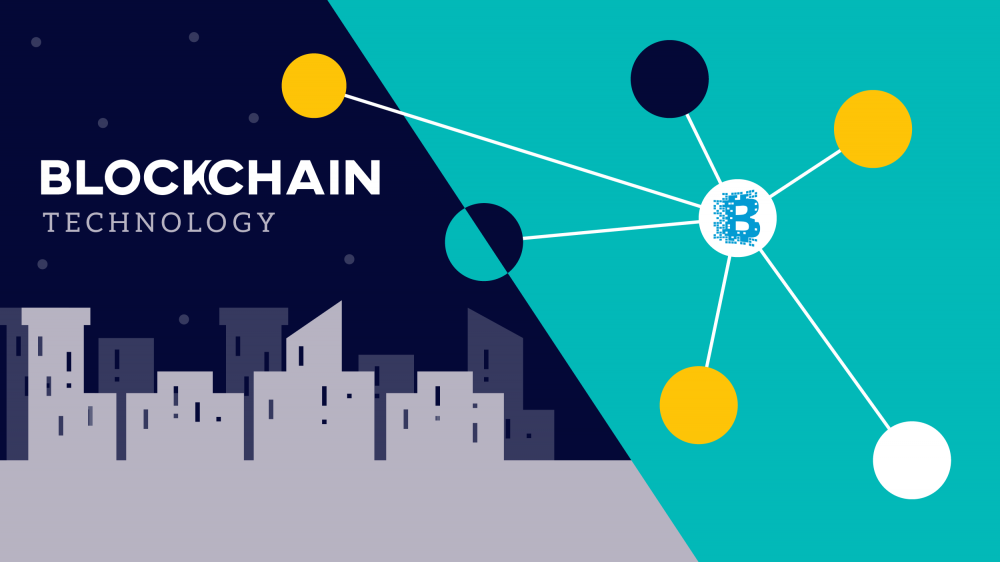
What Is Blockchain Technology
What is blockchain technology?
While blockchain appears complicated, and it most certainly can be, its fundamental concept is quite simple. A blockchain is a particular kind of database. To understand blockchain, it's necessary to first understand what a database is.
A database is a collection of data that is digitally stored on a computer system. Typically, information, or data, in databases is structured in table format to facilitate searching and filtering for specific pieces of information. What is the difference between someone who uses a spreadsheet and someone who uses a database to store information?
Spreadsheets are intended to be used by a single person or a small group of people to store and access small amounts of data. In comparison, a database is designed to store significantly more data that can be accessed, filtered, and manipulated quickly and easily by a large number of concurrent users.
The way large databases accomplish this is by storing data on servers comprised of powerful computers. These servers are frequently constructed using hundreds or thousands of computers in order to provide the computational power and storage capacity required for a large number of concurrent users to access the database. While a spreadsheet or database can be accessed by anyone, it is frequently owned by a business and managed by an appointed individual who has complete control over its operation and data.
Is Blockchain Technology Secure?
Blockchain technology addresses security and trust concerns in a variety of ways. To begin, all new blocks are always stored in a linear and chronological fashion. That is, they are always appended to the blockchain's "end." If you examine the Bitcoin blockchain, you'll notice that each block has a unique position on the chain, referred to as a "height." As of November 2020, the block had reached a height of 656,197 blocks.
After a block is added to the end of the blockchain, it is extremely difficult to go back and alter its contents unless the majority agrees. That is because each block contains its own hash, as well as the hash of the previous block and the time stamp mentioned previously. Hash codes are created by converting digital information to a string of numbers and letters using a math function. If that data is modified in any way, the hash code is modified as well.
Here's why this is critical for security. Assume a hacker wishes to alter the blockchain and steal Bitcoin from the rest of the world. If they were to alter their own single copy, it would become incompatible with the copies of everyone else. When everyone else compares their copies, this one will stand out, and the hacker's version of the chain will be discarded as illegitimate.
To succeed in such a hack, the hacker must simultaneously control and alter 51% of the blockchain's copies, such that their new copy becomes the majority copy and thus the agreed-upon chain. Additionally, such an attack would require an enormous amount of money and resources, as they would have to redo all of the blocks due to the new timestamps and hash codes.
Due to the size and rapid growth of the Bitcoin network, the cost of accomplishing such a feat would almost certainly be insurmountable. Not only would this be prohibitively expensive, it would almost certainly be futile. Such an action would not go unnoticed, as network members would witness such significant changes to the blockchain. Members of the network would then fork off to an unaffected version of the chain.
This would result in the attacked Bitcoin's value plummeting, rendering the attack ultimately pointless because the bad actor now controls a worthless asset. The same thing would happen if a bad actor attempted to attack Bitcoin's new fork. It is constructed in this manner so that participating in the network is far more economically advantageous than attacking it.
Courses and Certification
Blockchain Technology Course and Certificate

